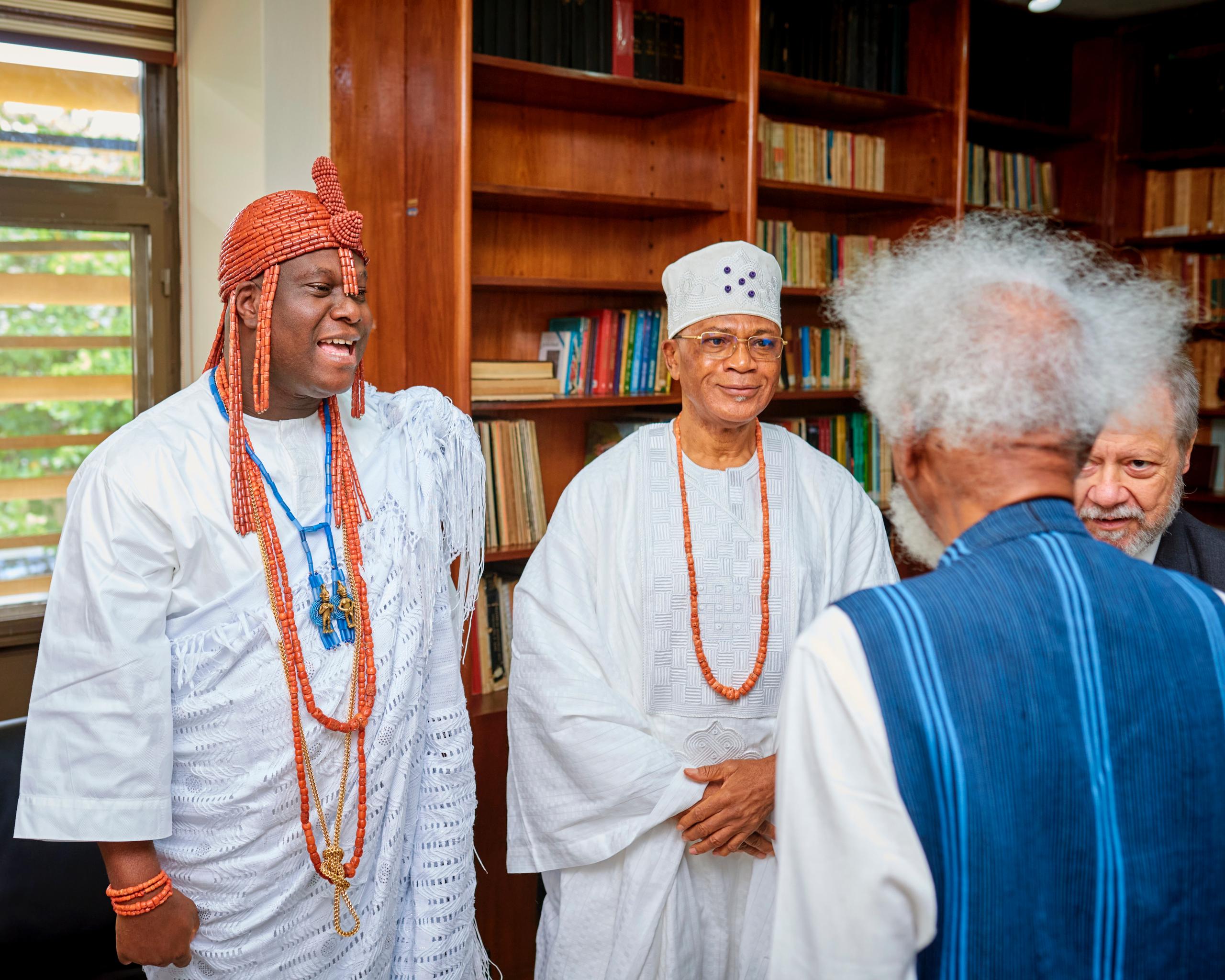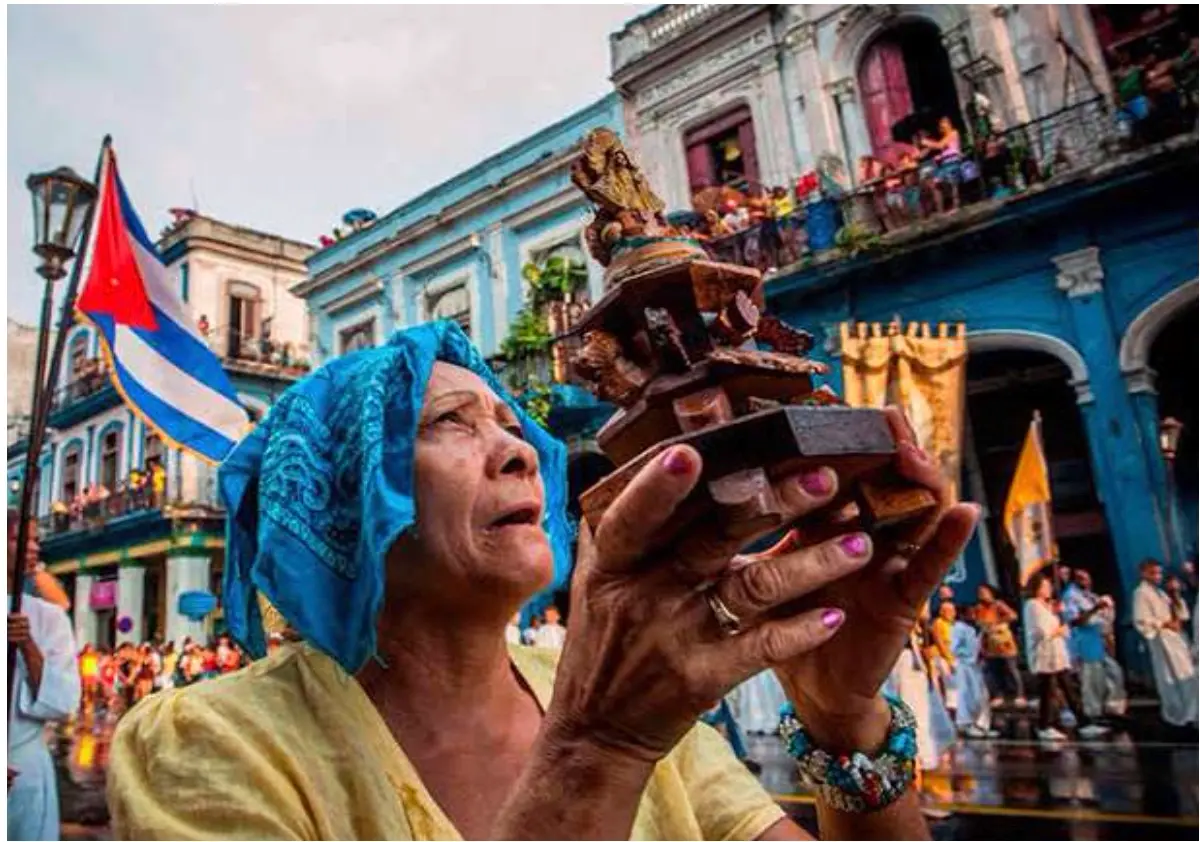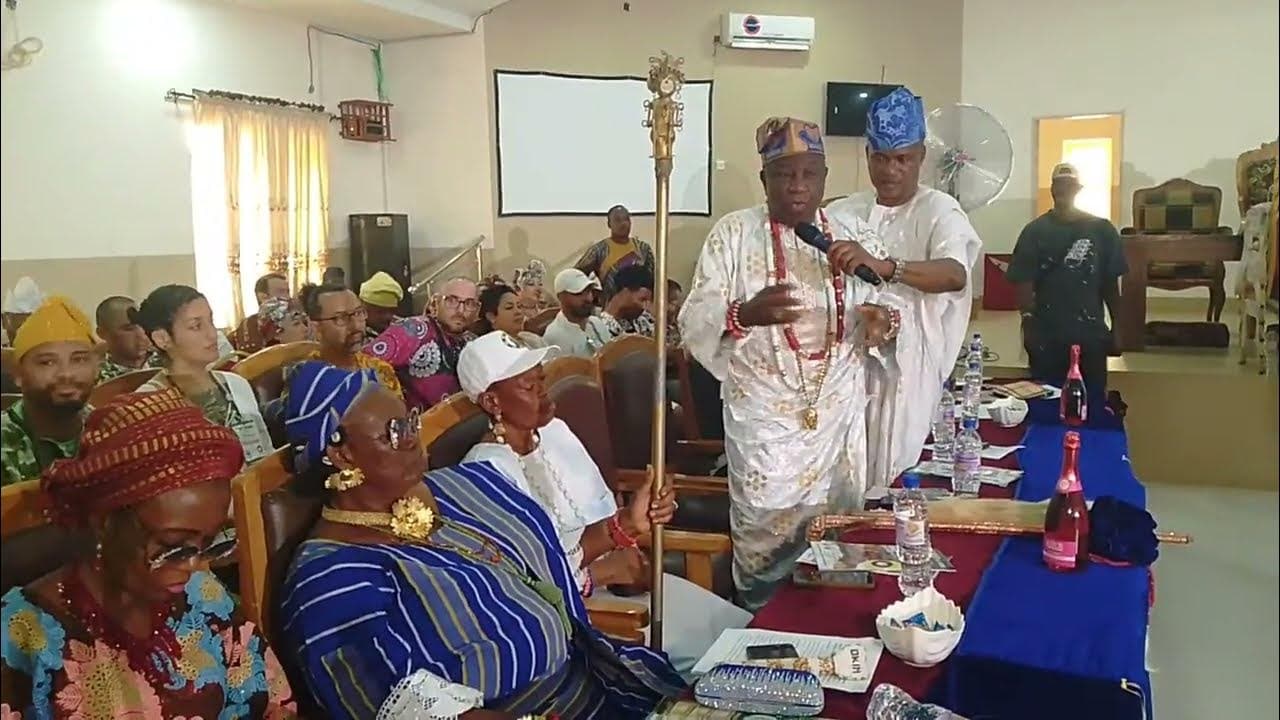Communiqué Issued At The End Of The Colloquium On African Rock Art And The Pan-African Renaissance Held At The African Union Commission Old Conference Centre, Addis Ababa, Ethiopia, 22 – 23 May, 2013
Introduction
A major misconception of scholarship on Africa and its Diaspora has been the erroneous belief that the continent has no history and consequently no culture and contribution to world civilization. African Rock Art provides glimpses, illumination that corrects such impression.
African Rock Art is one of the most evocative pieces of heritage bequeathed to us by our ancestors. Their existence allows our introspection into, and interrogation of the minds of our forebears who lived thousands of years ago. African Rock Art heritage is amongst the world’s best but least understood and appreciated cultural expression. This is because the continent is yet to harness and utilize the benefits inherent in their importance.
Rock art sites have embedded in them multiples of complex symbolism, metaphors and meanings that can provide clues to the controversies that haunt Africa’s contribution to world civilization. It can provide windows into the understanding and appreciation of many aspects of the continent’s history. There is no better way to experience the continent’s rich cultural endowment than through the Rock art.
The period for the celebration of African Union’s golden jubilee is therefore a better time to redirect our attention to the valuable historiographic tool and cultural evidences that attest to the golden period of Africans’ ingenuity and contribution to world’s civilization. It is against this background that Nigeria through CBAAC in partnership with Trust for African Rock Art (TARA) and the African Union Commission organized a colloquium that aims at extending the frontier of global understanding of African history and culture.
The objectives of the Colloquium include:
• Providing a platform for updating research findings on African Rock Art.
• Sharing experiences on the successful application of strategies for managing Rock Art sites across the continent.
• Promoting information sharing and networking among participants to enhance capacity among others.
• Raising the consciousness of a critical mass of key stakeholders on the project.
• Examining the possibility of reconstructing African history and civilization through Rock Art.
It was expected that at the end of the Conference the following outcomes would be achieved:
• To use African Rock Art to inspire creativity
• To generate publicity for the output of the project and diversity of African Rock Art
• Have the results recognised by the AU and UNESCO
• To develop strategies and action plan for the protection of the sites
• To enhance the protection and utilisation of Rock Art sites by communities on sustainable basis
Observations
At the end of highly engaging deliberations generated from various papers presented and contributions made by participants, and taking cognizance of the reports and recommendations from the Niamey Workshop of 2008, the following observations were made on African Rock Art:
a) African Rock Art sites are spread all over the continent; and are found in over 30 African countries.
b) African Rock Art provides us with the opportunity to observe, appreciate and celebrate the richness and diversity of African history and culture.
c) African Rock Art also disproves Eurocentric claims that deny Africa’s contributions to world history. It represents the ingenuity of African ancestors’ contributions to world knowledge
d) African Rock Art has the potential to contribute to the continent’s desire for economic growth and development through promotion of, and investments in amongst others, cultural tourism.
e) African Rock Art can promote better understanding, and shared values.
f) African Rock Art management is plagued by numerous challenges which include poor preservation, funding, inadequate conservation skills;
g) African Rock Art is plagued by human, natural and technical challenges.
Recommendations
Flowing from the observations above, the following recommendations are made for the management and conservation of African Rock Art:
a) To create an environment where African Rock Art could inspire members of the Creative Industries using the symbols, designs, forms and other properties of African Rock Art
b) The African Union and UNESCO are requested to adopt a Declaration of a Decade of Action for African History – promotion, teaching and knowledge of all aspects of African history including African Rock Art
c) Multi, and trans-disciplinary approaches should be adopted in the study of African Rock Art
d) Partnerships with host communities through development and tourism for the discovery, protection, management, preservation and promotion of African Rock Art.
e) To build and enhance the capacities of host communities, youths and professionals for the management and sustainability of African Rock Art.
f) CBAAC and TARA are urged to coordinate efforts towards the realisation of the above recommendations.
g) To strengthen the existing structure of SICADIA to be coordinated by CBAAC and CERDOTOLA for actualisation of the general history of Africa.
h) To realise the above recommendations, African Governments are called upon to invest financial and other resources in African Rock Art.


